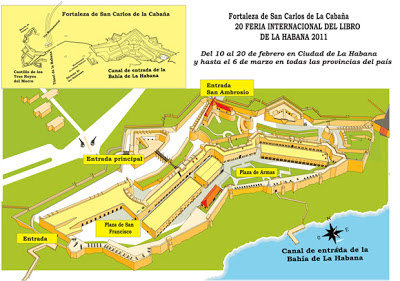 |
| Ottoman Soldiers of the Late 18th Century |
So, today, we had two votes for a post on Ottoman military effectiveness. For those of you a bit hazy on the Ottoman Empire, it was a Muslim super-state throughout the Kabinettskriege period, stretching from Iran to the Balkans, and controlling much of the modern Middle-East. Here is a map of the Ottoman Empire at the end of the Kabinettskriege period. For a relevant timeline of the wars of the Ottoman Empire during the Kabinettskriege period, click here.
 |
| The Ottoman Empire in 1809 |
Many western historians have been dismissive of the Ottoman military during this period of history, as the Ottomans failed to fully adapt to the European method of warfare, as the Russians did in the early 18th century. Most Ottoman armies consisted of three main branches, with a smaller group joining them at the end of the era:
1) Janissaries
Janissary soldiers were the Ottoman equivalent of regular troops. They were the closest thing the Ottomans possessed to a national army. Janissary regiments had close to uniform dress, and they were issued firearms, although it appears they preferred to use melee weapons. These were the elite troops of the Ottomans. In western European terms, they fought in a manner somewhat similar to the Scottish Highland Jacobites, using firepower while on the move, but preferring to attack their enemies up close in hand to hand combat.
2) Horsemen
The Ottoman horseman (or Sipahi) did not fight with western European order, but rather attacked with great speed and personal courage. These soldiers also mistrusted gunpowder weapons, but made up for this by using speed, maneuverability, and skill with their hand to hand weapons. In individual combat, these soldiers could consistently best their European counterparts, who relied on large formations maneuvers, and body armor to protect themselves.
3) Regional Troops/Levies
The majority of the Ottoman army during this period comprised regional troops, called up to support the main Ottoman force. In the painting at the top of the post, the left hand figures in lighter clothing represent these regional troops. Often, these troops were drawn from the Balkans.
These troops put me in mind of the militia from the American War of Independence. Like the militia, they were often unable to compete with European regular troops in pitched field battles. They often brought their personal firearms into service with them, and fought in loose order.The relied on personal accuracy, rather than mass volleys, and often fought from hidden positions, such as the battle of Grocka in 1739. These soldiers have been massively underrated by western historians, and need to be examined in greater detail by scholars who understand Arabic.

4) Nizam-ı Cedid Infantry
In the twilight of the Kabinettskriege period, Sultan Selim III attempted to reform the Ottoman army along European lines. The "New Order" troops (from Arabic Al-Niẓām Al-Jadīd) were the result of his ideas. Unfortunately for the Ottoman military, he was forced to abdicate. The Nizam-ı Cedid was never a large part of the Ottoman infantry, although they proved capable of putting down Janissary rebellions. These troops were the closest the Ottomans came during the 18th century to an establishment of close order European infantry.
Comparisons:
During the Kabinettskriege period, the Ottoman empire nearly took Vienna in 1689, and had great success against the Austrians in the Austro-Turkish War of 1737-1739. While the Turks were often defeated by the Russians in the 18th century, historians should not forget the River Pruth campaign of 1711, where the Ottomans surrounded and defeated Peter I of Russia. While I am unable to examine Arabic documents directly, I am starting to collect European language literature on the Ottoman 18th century. Expect more detailed posts on the Ottomans in the future.
Most English language studies of the Ottoman military show how the European forces adapted to fight them in the Kabinettskriege period. It is interesting to compare the Ottomans to more familiar forces, such as the Jacobites, or Patriot militia, which we have a much more positive opinion of. I wonder how much of the bias against the Ottoman military during this period comes from later European perceptions, and not during the experience of the time. Today, as European and Americans are involved in fighting with the Muslim world, we should ask ourselves if we, like the Europeans of the 18th century, have underestimated Middle-Eastern military effectiveness.
Thanks for reading,
Alexander Burns
If you enjoyed this post, or like the blog, please become a follower! Let me know what you think in the comments below.






































